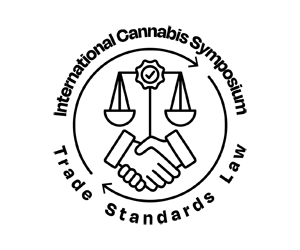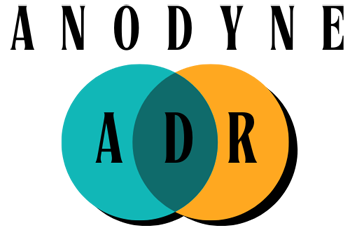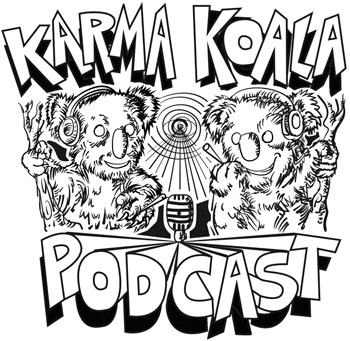For many Americans, driving is a part of everyday life. But with driving comes responsibility. To drive safely, you need to pay attention, react quickly, and make good choices. Alcohol makes all this harder. Drunk driving is one of the main reasons for car accidents and deaths in the U.S., putting innocent people in danger every day.
Even with strict laws, awareness programs, and better technology, many people still decide to drive after drinking. Everyone should know that alcohol is one of the most dangerous driving impairments. It slows down how fast you react, messes with your ability to coordinate, and clouds your judgment, all of which can lead to fatal accidents. Knowing why drunk driving is so risky and how we can stop it can help keep our roads safer for everyone.
The Risks of Drunk Driving
Slower Reaction Times
Alcohol impacts how the brain works, making it tough to respond quickly. A sober driver can react fast to sudden stops, changing lights, or people walking by. But even a little drinking slows reaction time, making it much harder to avoid crashes.
Bad Choices and Decision-Making
Driving involves lots of decisions—when to stop, turn, or handle surprises on the road. Alcohol can lead to poor decisions and dangerous behaviors like speeding or running red lights. A drunk driver might think they are fine when they are not, which puts everyone at risk.
Blurred Vision and Poor Coordination
Alcohol can blur your vision and make it hard to coordinate movements, both of which are essential for safe driving. When you drink, you might see things unclearly, feel dizzy, or have trouble judging distances, which can make it hard to stay in your lane or recognize road signs. Not being able to coordinate can make basic tasks like braking or steering dangerous.
The Serious Impact on Lives
Fatal Accidents and Severe Injuries
Accidents caused by drunk driving can lead to awful results. They are often much worse than minor crashes, usually causing serious injuries or even death. Victims may live with lifelong disabilities, brain damage, or constant pain because someone chose to drive after drinking.
Families Left in Pain
The fallout from drunk driving doesn’t just affect those in the crash. Families lose people they love, and communities feel the loss of lives that could have been spared. One bad choice can bring endless sorrow for parents, spouses, and children who will never see their family members again.
Legal and Financial Problems
Getting caught driving after drinking can lead to serious legal troubles. DUI (Driving Under the Influence) laws change from state to state, but they often include:
- Heavy fines
- License suspension
- Jail time
- Higher insurance costs
- Mandatory alcohol education programs
Besides the legal issues, a DUI can damage a person’s reputation, job chances, and personal relationships.
Why Do People Still Drive After Drinking?
Underestimating Alcohol’s Effects
Many drivers think they are still fine to drive after a few drinks. They may feel okay, but alcohol is already affecting them. How people react to alcohol can change, and even one or two drinks can make it hard to drive safely.
Peer Pressure and Social Situations
Some people feel pushed to drive after drinking, especially when they don’t want to admit they’ve had too much to drink in social settings. Others think they won’t get caught or that it’s just a short drive home.
Poor Planning
Many drunk driving incidents happen because people don’t prepare for a safe ride home. They go out, drink more than they planned, and then feel stuck without a safe option.
How to Stop Drunk Driving
Plan Ahead
If you know you’ll be drinking, make a plan for how to get home. Options include:
- Choosing a sober driver
- Using a rideshare app like Uber or Lyft
- Calling a taxi or a trusted friend
Speak Up
If you see someone ready to drive after drinking, stop them. Offer to call them a ride, take their keys, or help find another way home. It might feel awkward, but it could save a life.
Support Stronger Laws and Education
Communities play a big part in preventing drunk driving. Support stricter DUI laws, educational programs, and awareness campaigns to remind everyone about the risks. The more people know, the less likely they are to take the chance of driving drunk.
Conclusion
Drunk driving is completely avoidable, yet it is still a top cause of accidents and deaths in the U.S. The serious consequences—injuries, deaths, legal trouble, and emotional pain—should never be overlooked. Choosing not to drive after drinking can save lives.
Every time you drink, remember to make a smart choice. Whether it’s calling for a ride, staying with a friend, or giving your keys to someone else, a small decision can stop a tragedy.


















